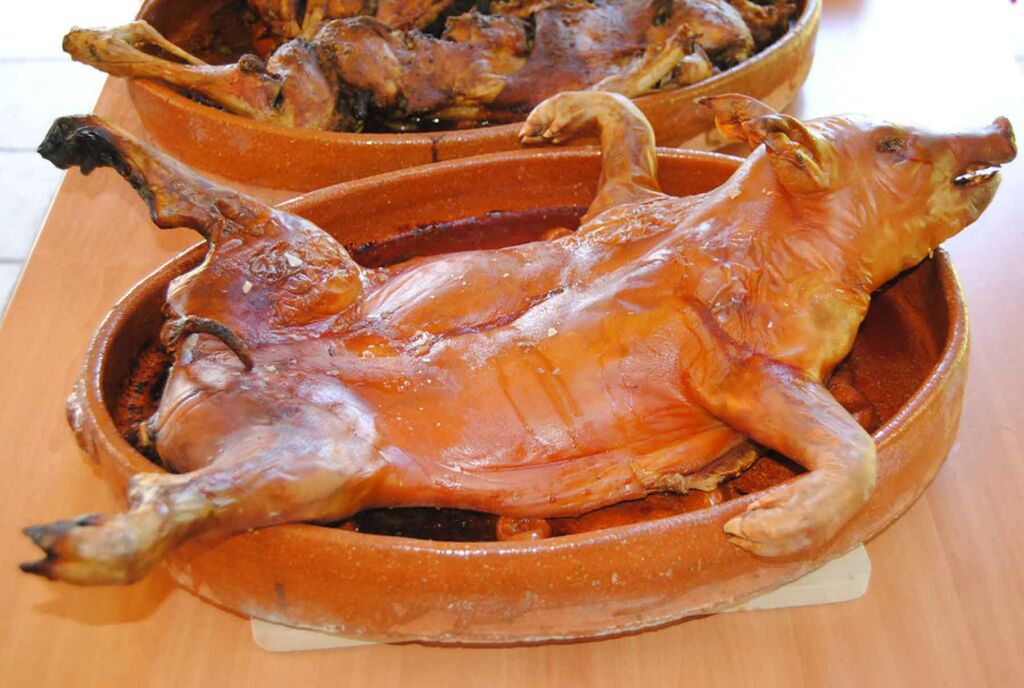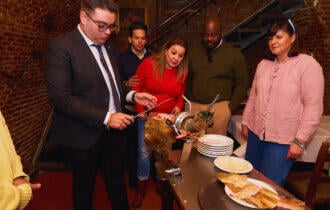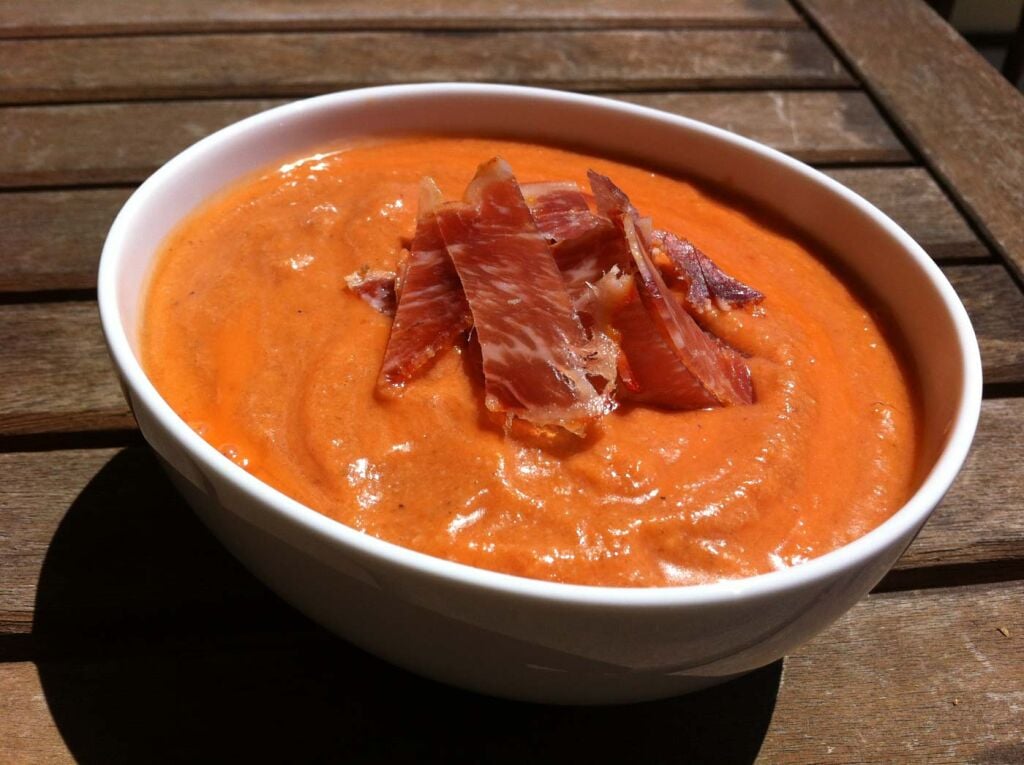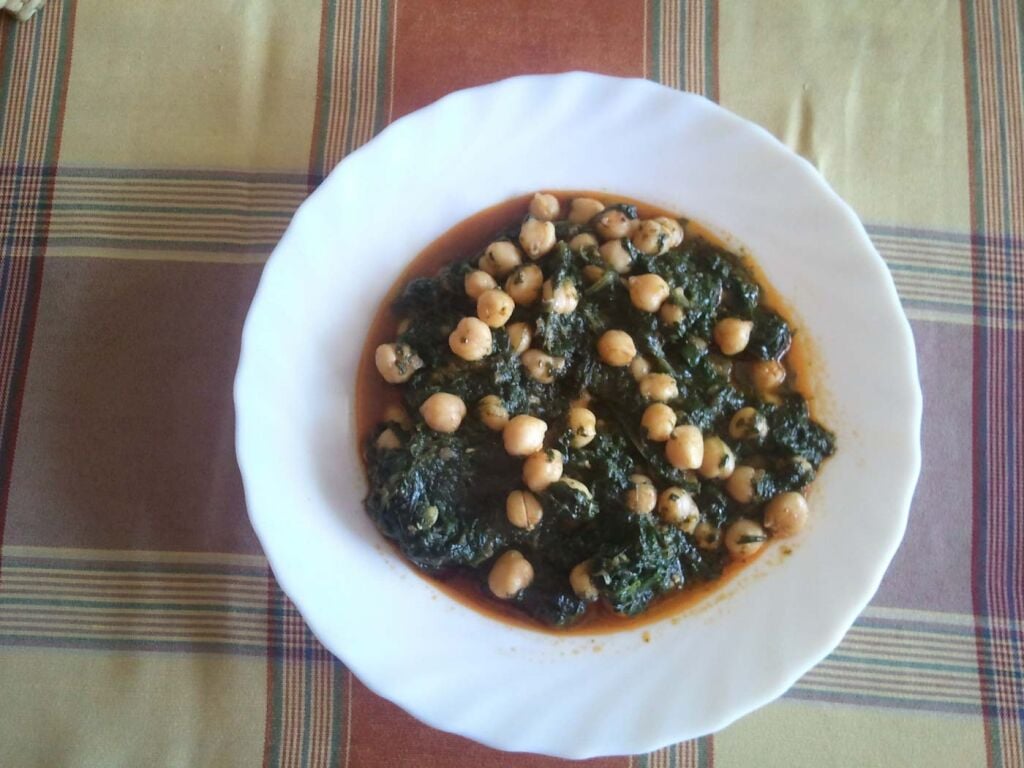Cochinillo is Spain’s take on roast sucking pig, and it is one of Madrid’s most iconic and beloved dishes. Known for its tender meat, crispy skin, and rich flavor, cochinillo has deep cultural roots. It’s often served during celebrations and special occasions that you can usually include in a comprehensive Madrid food tour.
What Is Cochinillo and Why Is It Special?
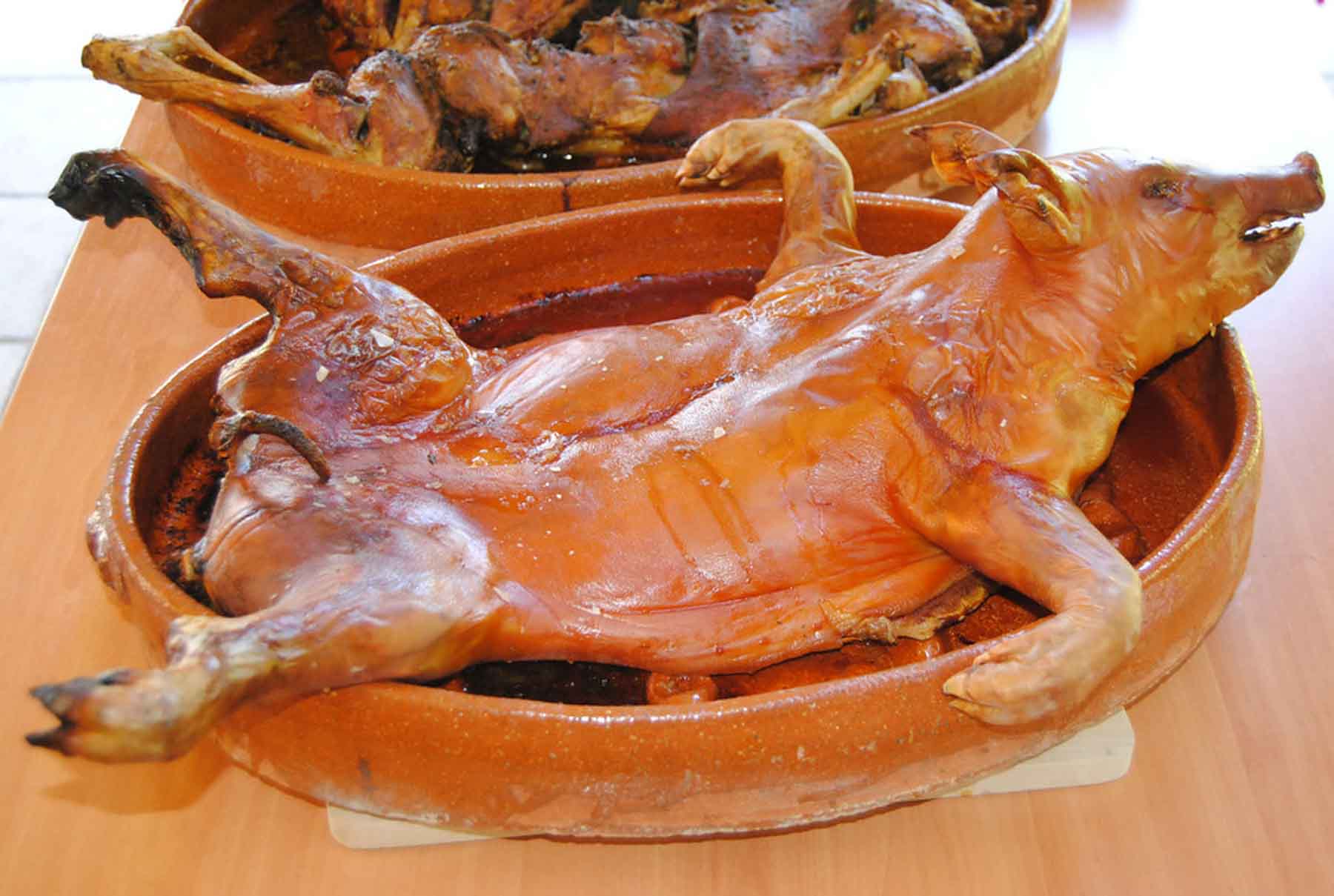
Cochinillo’s historic roots can be traced back to the medieval period, particularly in the region of Castile. It’s made from young suckling pigs that are slow-roasted to achieve the perfect balance of tender meat and crispy skin.
The thing that makes Spanish cochinillo truly special is the way it’s traditionally slow-cooked over a wood or charcoal fire for hours. Not only does this ensure that the meat remains succulent while the skin crisps up to a golden perfection it also infuses it with a powerful smoky aroma.
While Segovia is considered the birthplace of cochinillo, Madrid offers its own take on this iconic dish. Many restaurants in the Spanish capital use the same slow-roasting technique, then put their own, slightly different yet equally delicious spins on it.
Best Restaurants for Cochinillo in Madrid
There are several restaurants in Madrid that offer cochinillo for special occasion dinners, fine-dining events, or as part of a holiday celebration.
Sobrino de Botín
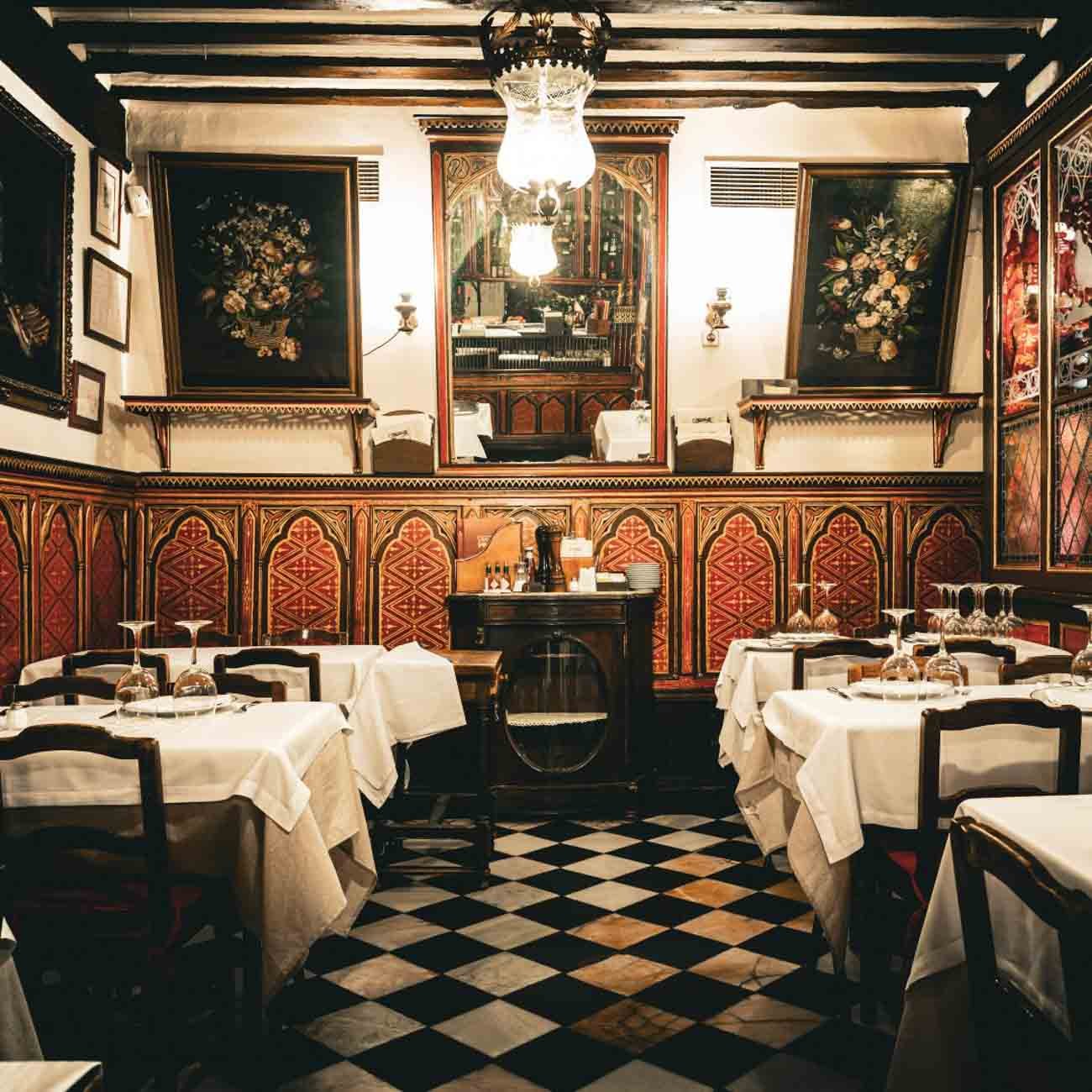
Photo credit: Sobrino de Botín
Situated in the heart of Madrid, near Plaza Mayor, Sobrino de Botín is one of the oldest restaurants in the world. So, it only makes sense that they have rustic ambiance with wooden beams and traditional Spanish décor to go with their ages-old menu.
Cochinillo is one of the signature dishes at Sobrino de Botín. They roast it using the traditional wood-fired oven, which I found imparts a distinct smoky flavor to the meat that carries through to the bone.
They serve the suckling pig with a side of roasted potatoes and a rich red wine from the Ribera del Duero region. The body of the wine is the perfect complement to the tender, smoky meat.
The cochinillo experience at Sobrino de Botín is ideal for dinner or a special celebration. Be sure to make reservations in advance.
Sobrino de Botín (€€€) – C. de Cuchilleros, 17, Centro, 28005 Madrid, Spain.
Casa Lucio
Casa Lucio is an iconic restaurant in Madrid’s La Latina district. It has a lively, classic Spanish vibe with traditional tiled walls and cozy wooden tables that serve as a perfect backdrop for enjoying wood-fired classics.
The cochinillo at Casa Lucio is roasted to perfection in a wood-fired oven, giving it a crispy skin and incredibly tender meat. It’s typically served with roasted vegetables and potatoes, which perfectly accent the meat with earthy flavors. I like it paired with a robust Spanish red wine such as a Rioja.
It’s perfect for a celebratory lunch or dinner, especially if you’re looking to experience traditional Madrid dining at its finest.
Casa Lucio (€€) – C. de la Cava Baja, 35, Centro, 28005 Madrid, Spain.
La Vaca y La Huerta
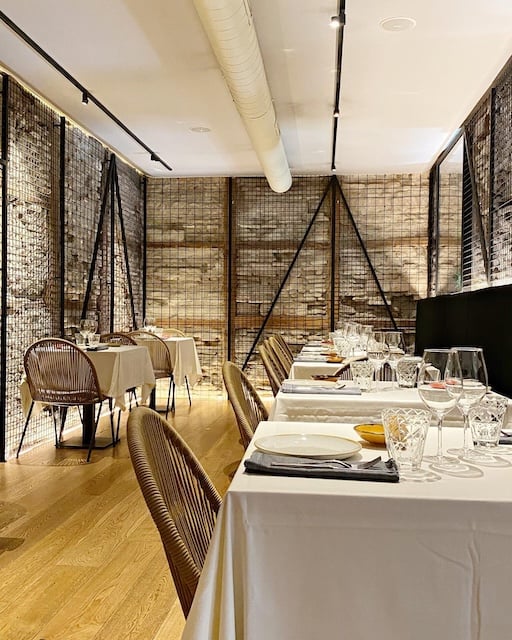
Photo credit: La Vaca y La Huerta
Sitting in the heart of Madrid’s Malasaña district, La Vaca y La Huerta blends rustic charm with modern touches. It has a welcoming and trendy ambiance that comfortably connects dishes with ancient roots to contemporary times.
They slow-cook their cochinillo using traditional wood-fired slow-roasting methods. Yet what I appreciate most is that they focus on locally sourced ingredients for a more farm-to-table approach. I think this gives their cochinillo more of the local terroir richness.
Sticking with this theme, the cochinillo at La Vaca y La Huerta is usually served with seasonal vegetables and creamy mashed potatoes. They often pair it with a glass of bold Spanish red wine from one of the regional wineries.
La Vaca y La Huerta (€€€) – C. de Recoletos, 7, Salamanca, 28001 Madrid, Spain.
How to Order and Eat Cochinillo Like a Local

When ordering cochinillo in Madrid, you’ll typically choose between ordering a whole pig or a portion. The whole pig is more common for a family-style group meal on a special occasion. Whereas a portion of cochinillo is better for a more intimate meal.
To complement this rich dish, locals often pair cochinillo with a full-bodied red wine, such as a Rioja or Ribera del Duero. These wines tend to beautifully balance the richness of the meat. Traditional sides include roasted potatoes, sautéed greens, and a fresh salad, which add a nice contrast to the decadent flavors of the cochinillo.
Cochinillo Festivals and Seasonal Specials
Cochinillo is the star of several annual festivals and celebrations, where roast suckling pig takes center stage. One of the most popular events is the Fiesta de Cochinillo in Segovia, which is held just outside Madrid. The festival draws many visitors to the region for its focus on this iconic dish.
In the suburban and urban areas of Madrid, cochinillo often shows up on seasonal menus during the fall and winter months. Especially around festive occasions like Christmas and New Year’s Eve, when large family meals are common. Many top restaurants also feature cochinillo on their seasonal menus, often offering it as a special during holidays or local festivals to honor Spanish culinary traditions.
Timing your Madrid food tour to coincide with these special occasions gives you the perfect opportunity to savor cochinillo at its finest. It also tends to be a great way to enjoy carefully curated Spanish wine pairings.
Final Thoughts: The Ultimate Cochinillo Experience in Madrid
In Madrid, Cochinillo is a culinary tradition that embodies Spanish history, craftsmanship, and flavor. Its centuries-old, slow-roasted flavor offers an authentic taste of Spain’s rich gastronomic heritage on a Madrid food tour.
Sources:
Botín. (n.d.). Restaurante Botín. http://www.botin.es/
La Vaca y La Huerta. (n.d.). La Vaca y La Huerta. http://lavacaylahuerta.com/
Oveja Negra Vegana. (n.d.). Oveja Negra Vegana. http://www.ovejanegravegana.com/
Eating Europe. (n.d.). Madrid food tours. https://www.eatingeurope.com/madrid/

